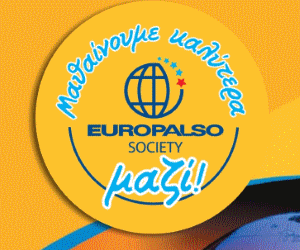"Nice to meet you...what was it again?"
Ok, that might be an extreme example of forgetting, but it's not far from the truth; I've forgotten someone's name in a matter of seconds after they told me.
A recent study in PLoS Biology should give hope to the forgetful. A collaborative research group in Europe, spanning Spain, Switzerland and Denmark, developed a small protein called FGL that enhances memory formation and learning in rats, and now they have some explanation as to why. The study's authors, led by Shira Knafo, César Venero and José Esteban, attribute the improvement from FGL to better connections—and ability to strengthen those connections—between neurons. This knowledge may eventually improve treatment of some disorders, as the authors explain that these "mechanisms are thought to be responsible for multiple cognitive deficits, such as autism and Alzheimer's disease"
Testing Memory
To see if FGL (short for F G loop peptide) would affect memory, Venero, psychobiologist Karine Cambon and colleagues injected FGL into the brain of 12 rats, and an inactive protein into another 13 rats in a 2004 Journal of Neuroscience study. They then trained all the rats on the Morris water maze task, developed in 1981 by neuroscientist Richard Morris. In the task, a rat is placed in a round pool of murky water with smooth walls so the rat can't escape.
A platform, hidden just beneath the surface of the water, is not visible to the rat. The rat learns to navigate to the platform using clues in the room, such as shapes on the wall, so they can stop swimming-a stressful, tiring task-as soon as possible. To test memory, researchers place the rat in the pool and measure the time it takes the rat to find the platform across several days. A decrease in swim time means that the rat learned to use these clues to find the platform and found the platform faster than on previous days.
The rats who were injected with FGL found the platform more quickly than the rats injected with the inactive protein. FGL improved their ability to learn the layout of the room. In the words of the authors, "This work demonstrates that cognitive function can be improved pharmacologically." Yet at the time, despite the memory improvement they found, the authors could only speculate how it worked. In this new study, they offer evidence that might explain the memory boost.
How it might work
In their most recent article, the authors suggest that FGL improves the brain's ability to modify the connections between neurons, the cells that are the building blocks of the brain. When examining neurons that had been treated with FGL, Knafo, Venero and Esteban found that they had higher levels of a receptor, AMPA, critical for modifying neuronal connections.
As the authors write, "The human brain contains trillions of neuronal connections, called synapses, whose pattern of activity controls all our cognitive functions. These synaptic connections are dynamic and constantly changing in their strength and properties, and this process of synaptic plasticity is essential for learning and memory. In this study, we show that synapses can be made more plastic using a small protein."
Many neuroscientists consider understanding plasticity the Holy Grail for learning and memory; once we understand plasticity, we will understand how the brain learns.





